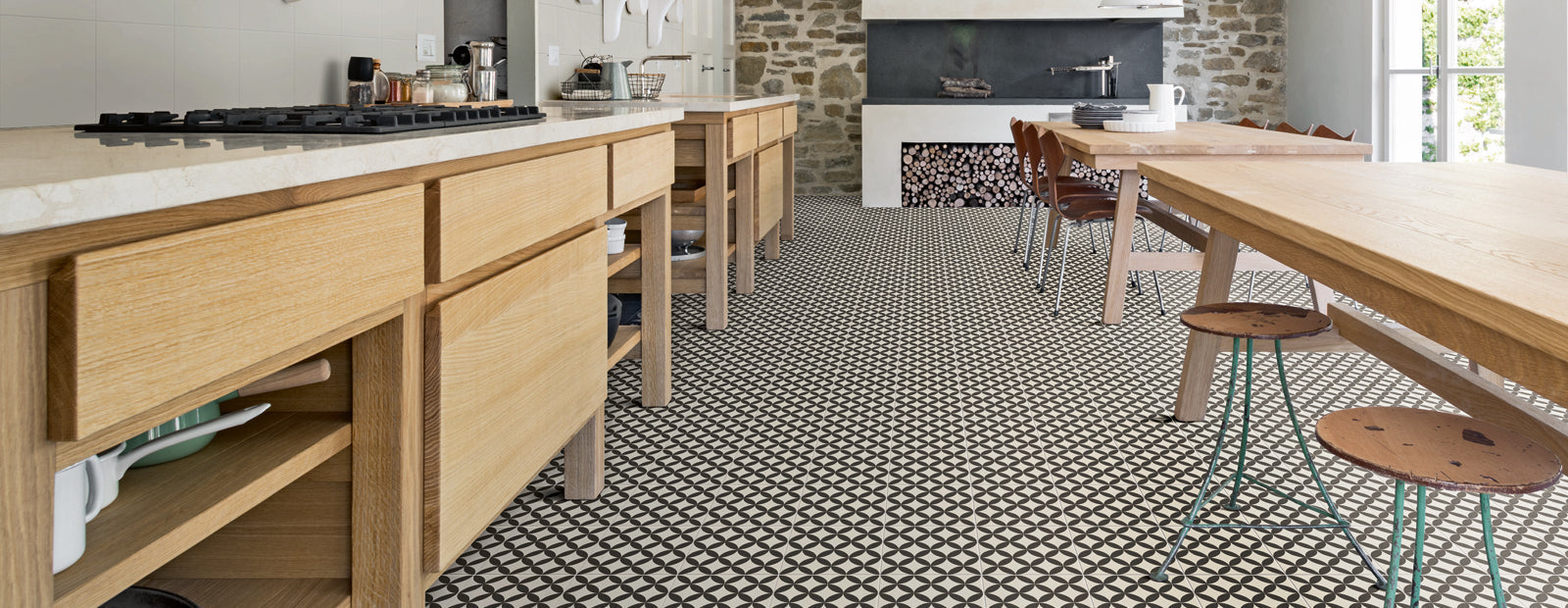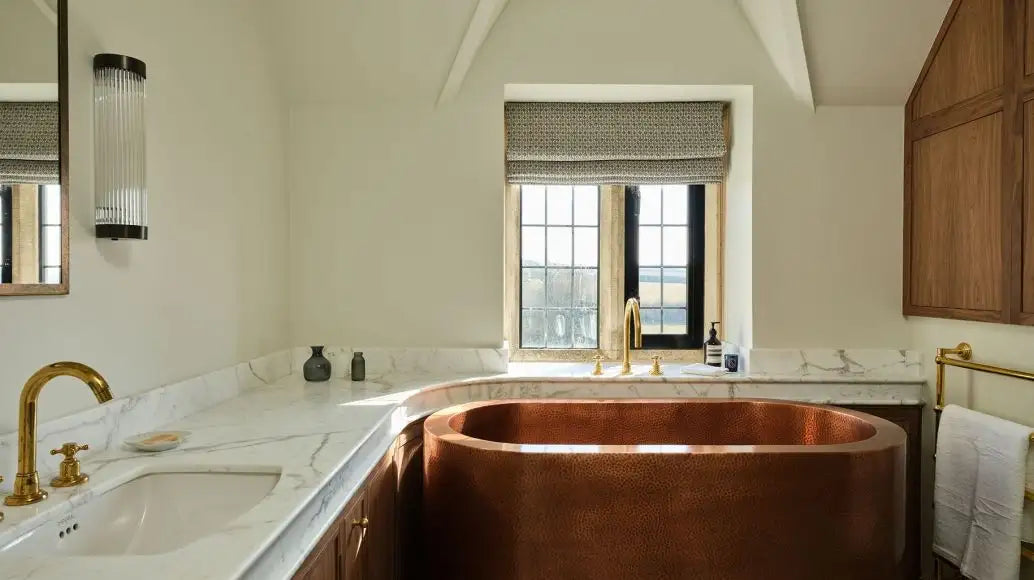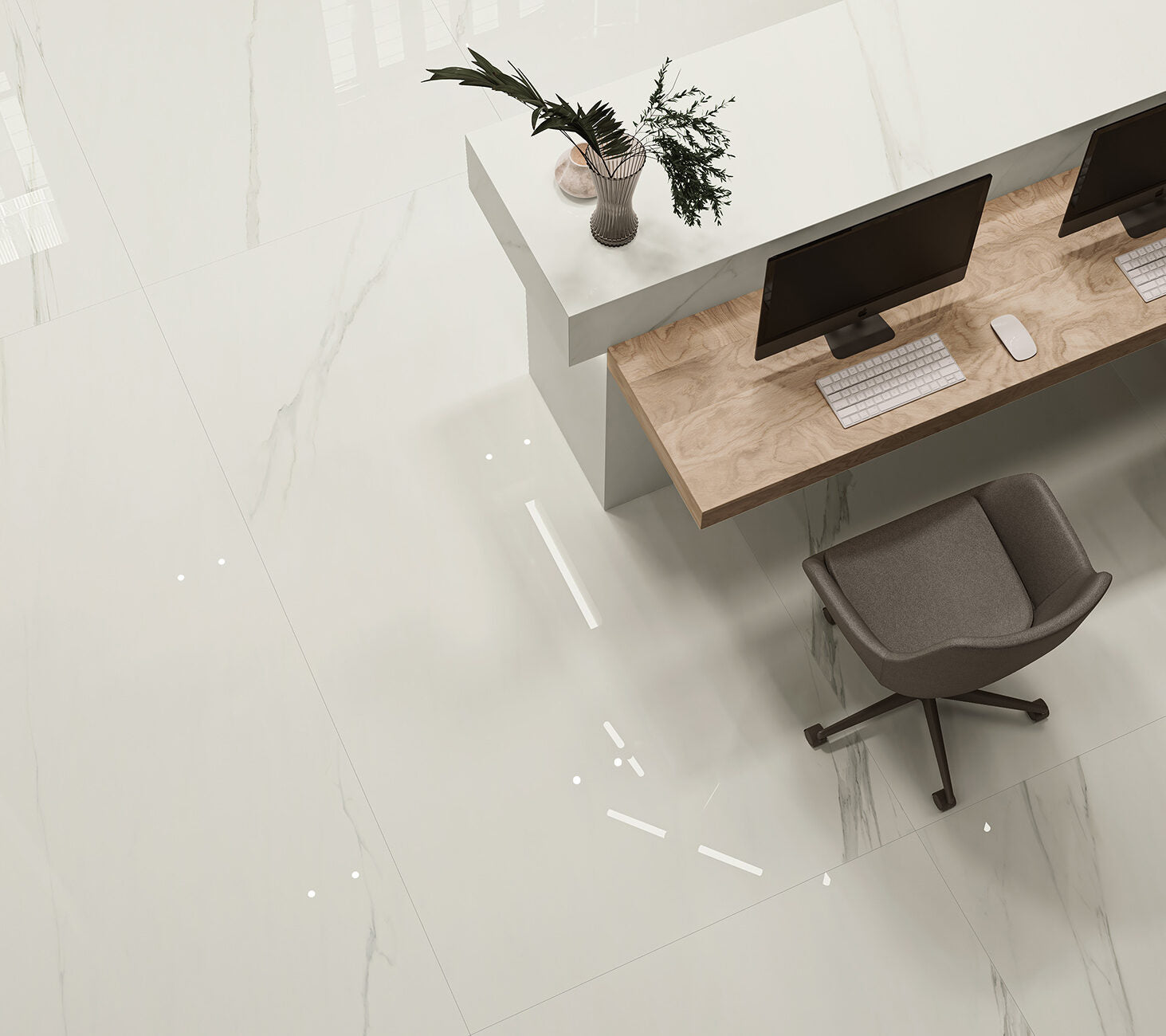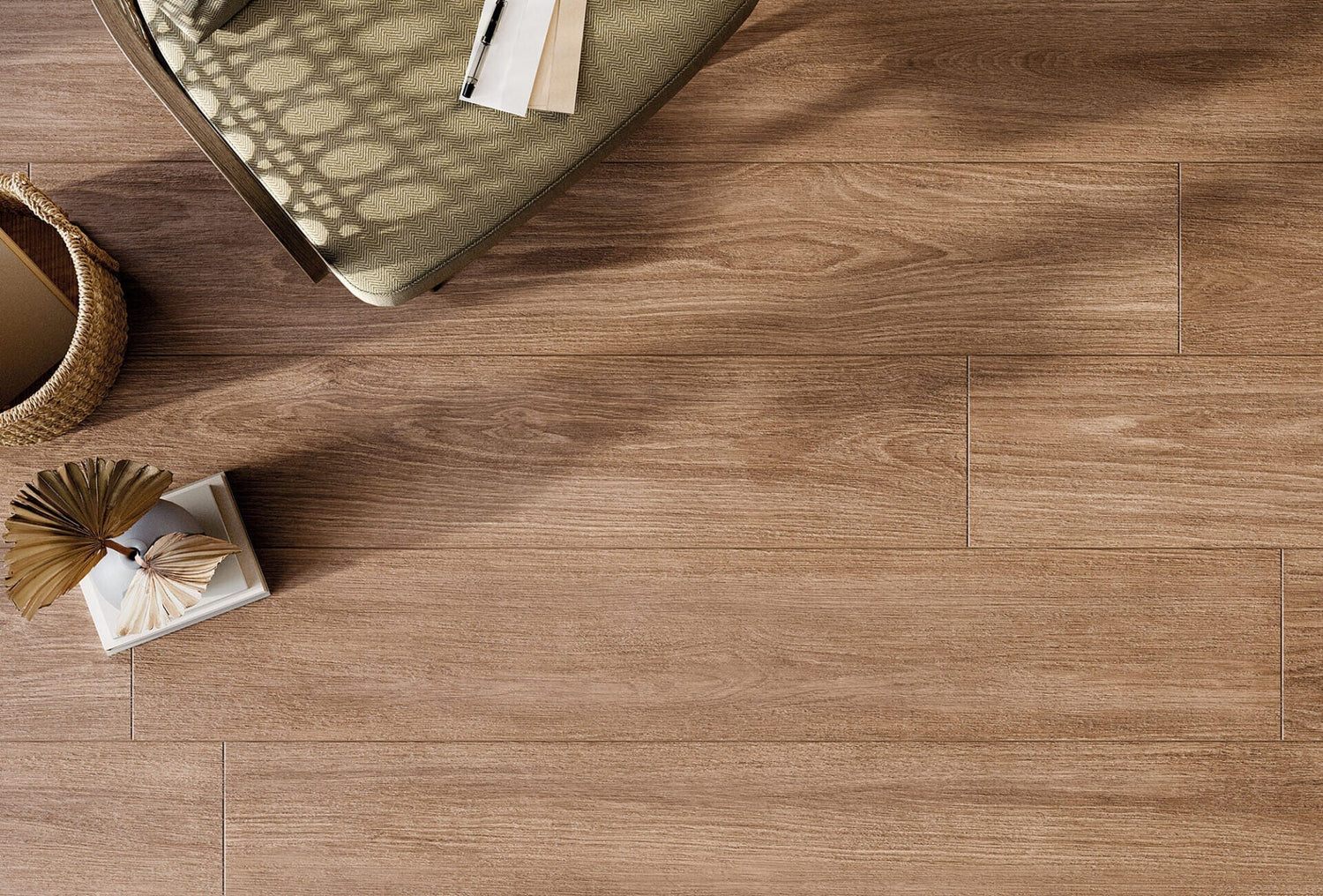Finding the Right Balance
Tiles are more than just a practical surface solution—they’re a way to bring personality, texture, and style into your home. Mixing and matching different tile designs can create a unique and eye-catching aesthetic, whether you're renovating your kitchen, bathroom, or outdoor space. Achieving the perfect balance starts with pairing bold statement tiles, such as encaustic or geometric designs, with more neutral options. This allows the standout tiles to shine without overwhelming the space. A decorative splashback in a kitchen, for example, can be beautifully complemented by plain metro tiles on the surrounding walls.
Choosing a Harmonious Colour Scheme
A harmonious colour scheme is essential when combining tiles. Choosing shades that complement each other, whether soft pastels, earthy tones, or monochromatic greys and whites, ensures cohesion. Even when working with different materials and finishes, a unified colour palette brings everything together.

Playing with Texture and Finish
Texture and finish also play a major role in creating depth and contrast. Combining glossy and matte tiles can add interest, while pairing smooth, polished surfaces with handmade or textured tiles enhances visual appeal. A glossy subway tile offset by a natural stone floor tile, for instance, creates an elegant and dynamic effect.
Mixing Different Shapes and Sizes
Varying tile shapes and sizes introduces a dynamic element to a design. Classic square tiles can be paired with elongated rectangles or hexagonal tiles combined with large-format slabs to create visual intrigue. This approach works particularly well in feature walls or shower enclosures, where a carefully curated mix of tiles makes a striking statement.

Using Patterns as an Accent
When incorporating patterned tiles, using them as an accent rather than throughout an entire space helps maintain balance. A bold patterned tile on the floor can be complemented by neutral walls, or an intricate feature wall can serve as a focal point in a fireplace or splashback area.
Combining Natural and Man-Made Materials
Blending natural stone with ceramic or porcelain tiles adds warmth and contrast. Wood-effect porcelain tiles combined with marble, for example, can create an inviting yet luxurious aesthetic, particularly in bathrooms or open-plan living areas.

Defining Spaces with Tile Combinations
Another effective technique is using different tile styles to define zones within a room. In an open-plan kitchen, a tiled splashback can contrast with the flooring to create a distinct cooking area, while a patterned tile border around a central floor space adds a designer touch.
The Importance of Grout Colour
Grout colour is another often-overlooked detail that can impact the overall design. Dark grout can emphasize the shape of light-coloured tiles, whereas a closely matched grout colour creates a seamless, sophisticated look. Playing with contrast can highlight tile combinations further, making them pop.
Trusting Your Personal Style
Ultimately, mixing tiles should reflect personal style. Ordering tile samples and experimenting with layouts before installation can help build confidence in design choices. If uncertainty arises, seeking professional advice from tile suppliers or experienced tilers can provide valuable insight and installation techniques to enhance the vision.
Final Thoughts
Mixing and matching tiles can transform a space by adding depth, personality, and style. Carefully balancing colours, textures, patterns, and materials ensures a unique design that remains harmonious. Whether creating a statement floor, an elegant feature wall, or a textured backsplash, the right tile combinations will effortlessly elevate any home.





